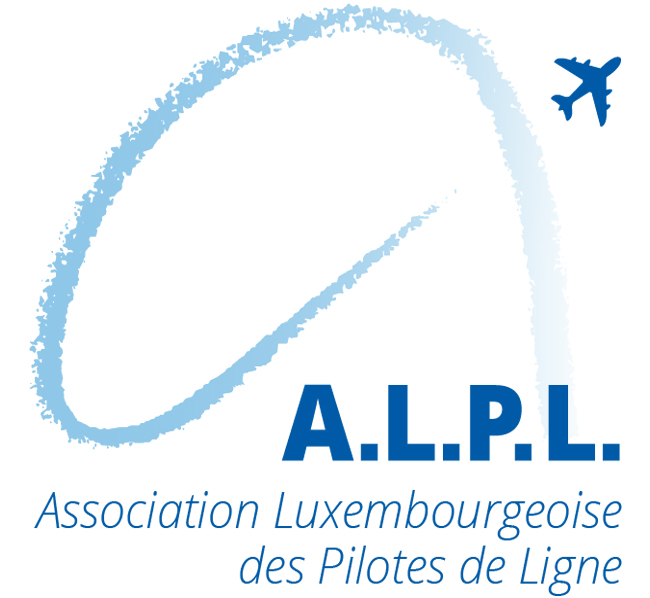In May 2018 we provided information regarding fatigue warnings issued by Crew Control. These fatigue warnings are based on a mathematical model and are triggered when the calculated alertness level exceeds a predefined score. In fact, your actual alertness level could be higher or lower, depending on your personal sleep/wake cycle.
In the recent Fatigue Safety Action Group (FSAG) meeting it was announced that if pilots do not respond to a fatigue warning Crew Control must alter the departure time to ensure the fatigue scores are below the predetermined thresholds! Please also refer to the “Boxed Items 4/2019“, “Take Note” Section on page 10, published on 22 January 2020!
Legal uncertainty of civil or even criminal nature after a possible accident or incident, where the company and individuals could personally be held liable, was one of the main reasons for this clear direction.
According to EASA ORO.FTL.110 – it is the initial responsibility of the operator to manage and mitigate fatigue. It is in the first place the responsibility of the operator to schedule flights already in the planning stage so that rosters are sufficiently free from fatigue. A transfer of this obligation to the respective pilots to decide whether or not they would be able to operate a specific flight cannot be seen as a relief from the principle obligation of an operator.
In the case you receive a fatigue warning in advance of your next duty or series of duties, we strongly suggest applying a very high and professional standard in determining your capability to safely operate any subsequent flight. This is especially important for rotations involving highly demanding airports like MEX, UIO etc. Please remember that you might possibly face a situation where you have to justify your decisions. Therefore, please do not hesitate to ask for more rest should you require it!
As we have indicated in the past, maintaining a sleep log from the beginning of a rotation will assist you in making a professional and informed decision. Also, do not forget to file a proactive fatigue report when asking for additional rest, or a reactive fatigue report, if you experienced high levels of fatigue during a flight. In order to effect any change in crew scheduling and rotation planning, fatigue reports by pilots are the most valuable and required data. Guidance on how to report fatigue can be found here.
In this context it is important to remember that commander´s discretion (ORO.FTL.205) in OM-A, chapter 7, section 8 is not a one way street to extend a FDP in unforeseen circumstances but also a tool that can be used to further limit the maximum allowable FDP with the aim to mitigate accumulated fatigue.
To better understand the hazard of fatigue, EASA completed a study on Night and Disruptive Schedules in 2019. Click here to see a summary of this study that is relevant to our operation.




